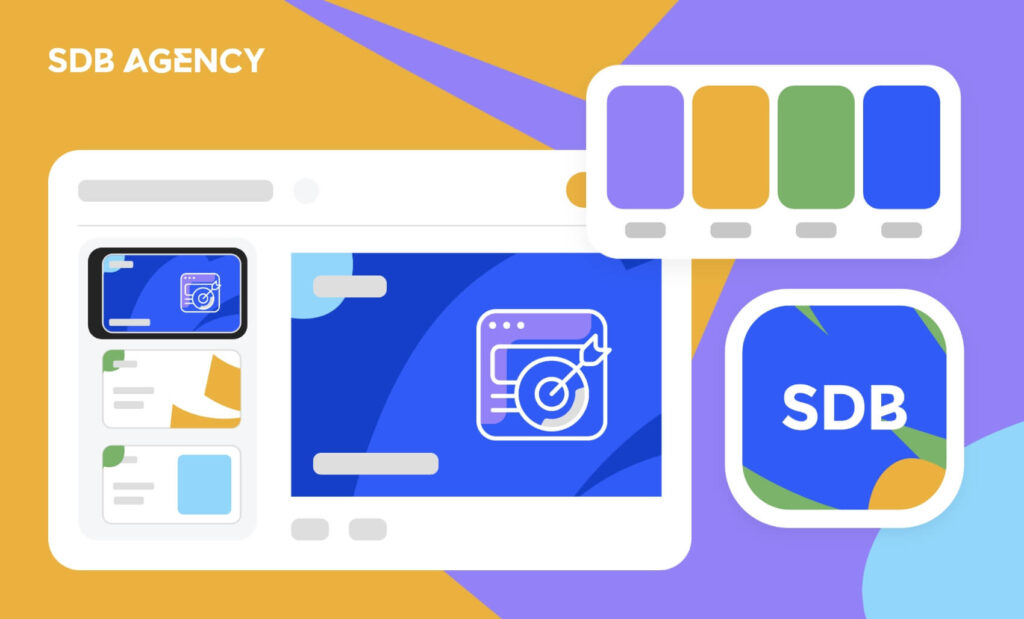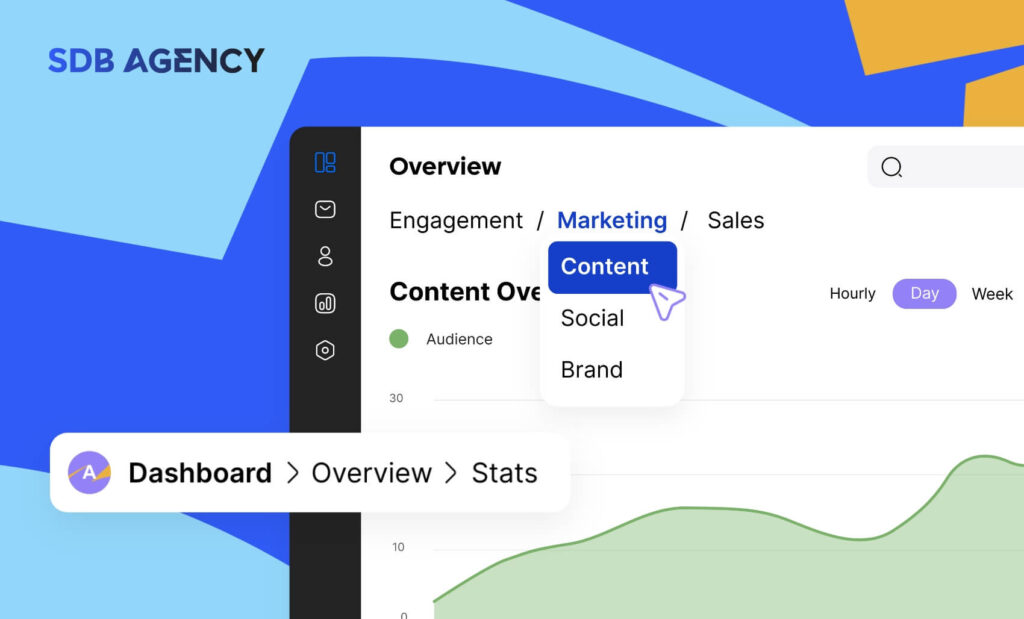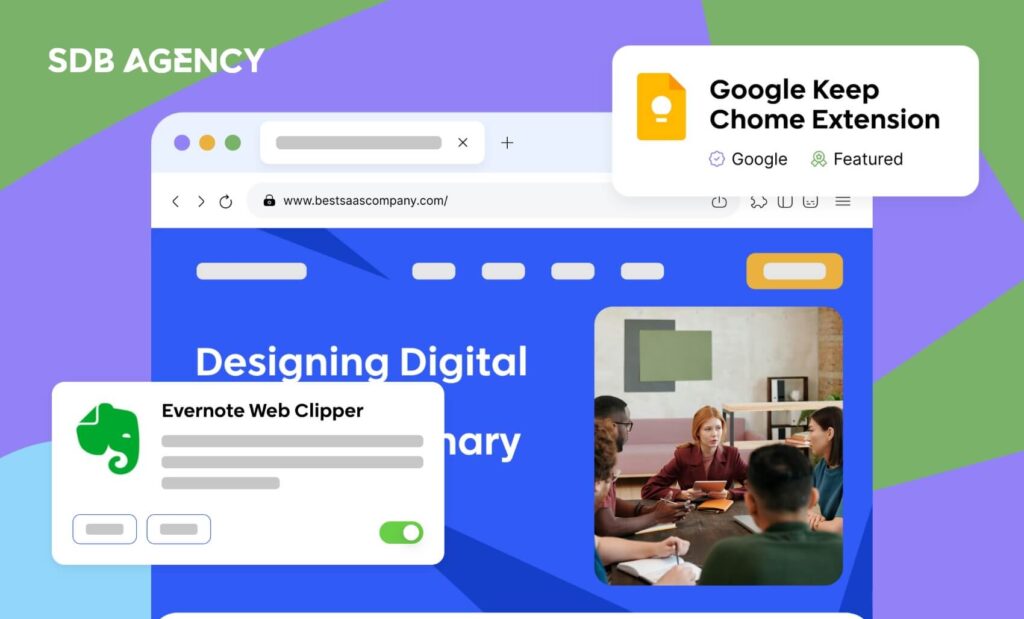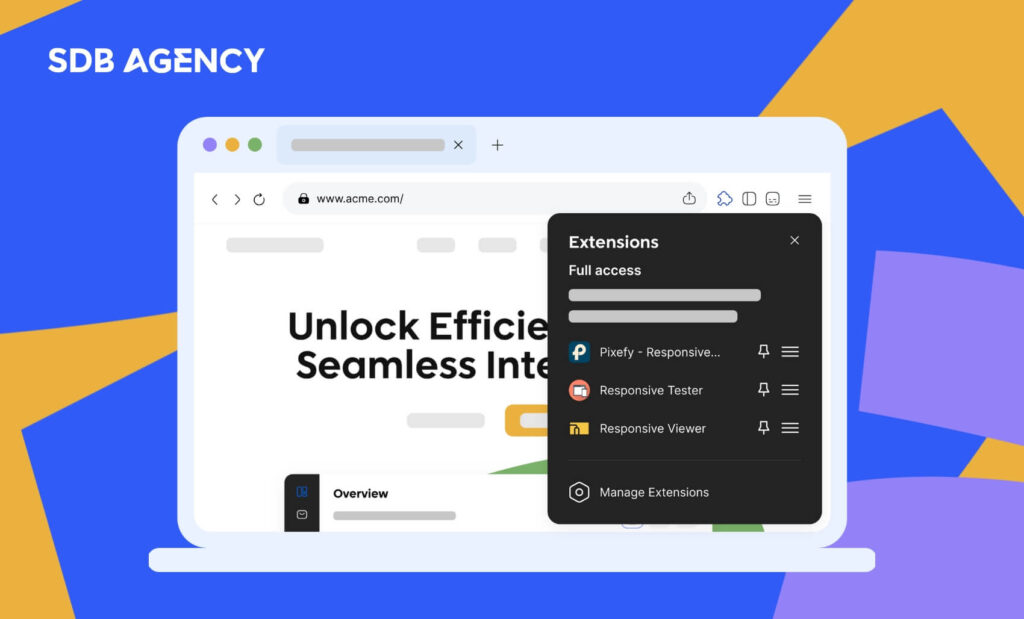Revolutionizing the Future: Top Web Design Trends Shaping 2025
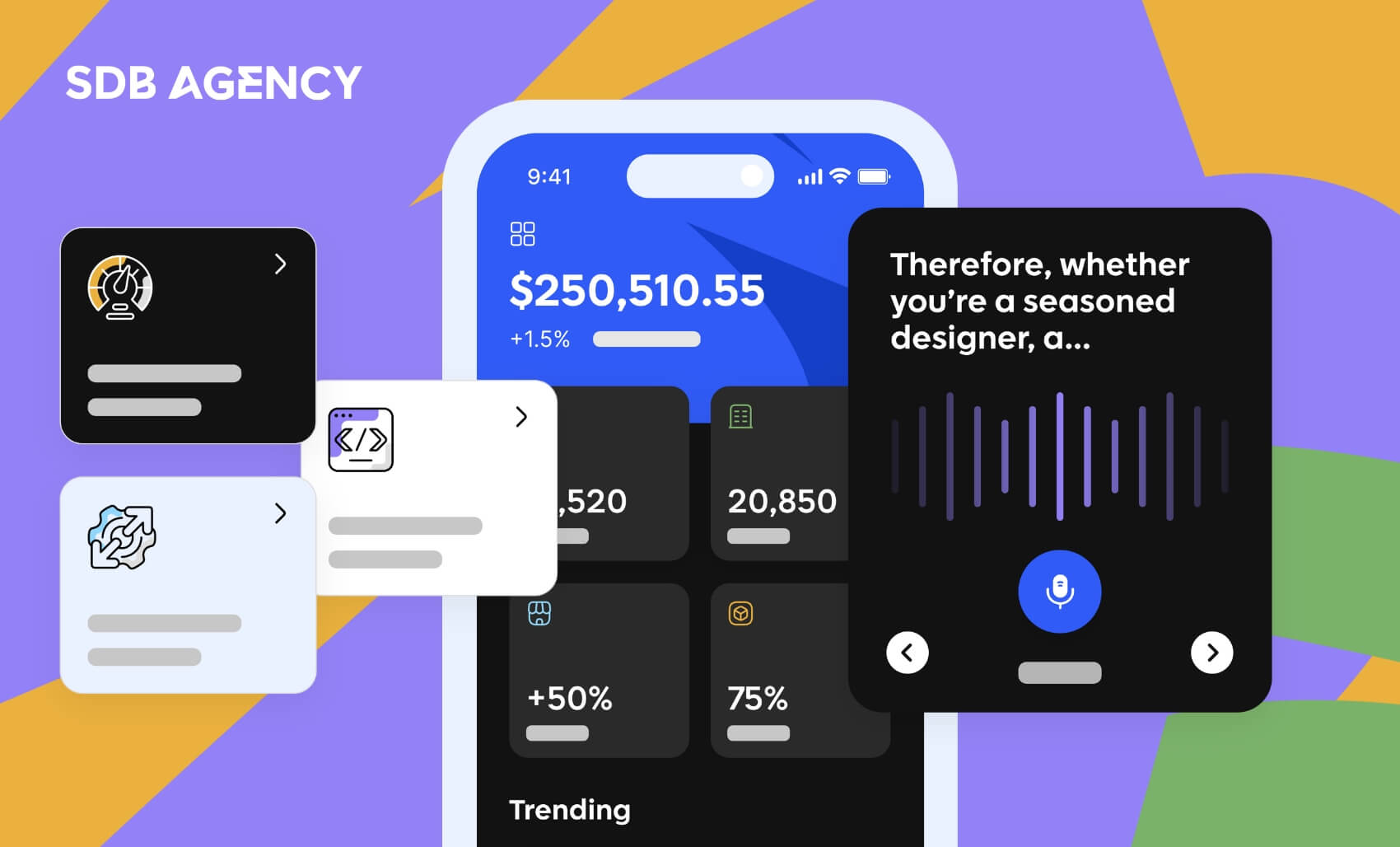
The digital landscape is constantly evolving, with website design trends having no exceptions, doing flips and turns along with it. As we enter 2025, designers and developers must stay updated on the current web design trends or risk being left behind.
Why is keeping an eye on modern web design trends important? Well, staying ahead of the game means you can flex those new designs, keep users engaged, and make your digital presence more relevant and custom for modern audiences.
Therefore, whether you’re a seasoned designer, a developer deep in code, or a business owner trying to keep a relevant site, we’ve got the list you’re looking for.
Web design – 8 trends that will shape 2025
Web design isn’t only about aesthetics. It plays a vital role in how users perceive your brand and how they interact with your website. User expectations change as technology evolves.
Therefore, your website must be updated with the latest design trends to meet users’ expectations and provide a seamless experience for your audience. Now, let’s check out what will dominate the internet in 2025!
1. Immersive experiences: VR and AR
Let go of the basic, static websites – 2025 is looking to go all out on immersion to take things to the next level. Virtual Reality (VR) and Augmented Reality (AR) dominate the space and allow users to explore 3D spaces, interact with virtual products, and play around in the digital realm.
However, despite its many functions in the entertainment sector, online businesses benefit from these experiences by allowing users to “try out” products before purchase. As VR and AR become more accessible, developers are already starting to come up with ways to integrate this technology into web design.
2. Minimalism and clean design
A minimalist and clean website design isn’t anything new but will likely continue to dominate in the upcoming years. This trend focuses on simplicity, functionality, and essential elements only.
Clean lines, white space, and a limited color palette are the primary elements of minimalist designs. This design aims to reduce distractions and clutter and ensure users enjoy a more straightforward journey.
As we enter 2025, more websites will likely embrace minimalism. Its timeless design philosophy focuses on the users, making it a consistent web design trend.
3. Dark mode with low-light UX
Dark mode is starting to get more popular in web design. People are already likely familiar with the concept of inverting the regular light background and dark text to a dark background with light text.
Besides being about aesthetics, dark mode will save battery life on OLED screens and reduce eye strain during low-light conditions. It is a practical design choice that allows extra customization and comfort for users.
Expect more websites to offer a dark mode option in 2025, as this trend aligns with the increasing demand for personalized and user-friendly design.
4. Experimental navigation
Experimental navigation connects users through unique interactions, novel experiences, and unexpected layouts that break away from the regular static menus and dropdowns. These designs feature immersive scrolling, 3D transitions, engaging animation, and non-linear path exploration.
Usually found on creative or portfolio sites, the experimental navigation styles can surprise and captivate users, boosting longer time on site and unique interaction compared to traditional navigation.
Experimental navigation also showcases brand personality, creating a lasting impression. However, it must remain intuitive and user-friendly to avoid being frustrating and having usability issues.
5. Motion design
After a decade of animation and 3D elements that dominate website designs, 2025 will likely see a shift toward a more refined and intentional motion design.
As designers continue to elevate the “less is more” philosophy, they’ll embrace purposeful animations and strategic 3D elements instead of the default features.
This approach improves website performance, reduces cognitive load, and adds more meaningful interactions when users take action. It will make websites feel more user-focused and sophisticated, as motion enhances rather than distracts users from the core experience.
6. Bold & expressive fonts
Typography will continue evolving in web design as bold and expressive typefaces will capture attention and create a clear brand voice.
Variable fonts provide flexible styling and improve load times. Serif fonts are returning, adding warmth to titles and call-to-action buttons.
Another primary trend is maximalist typography, where oversized and layered text can create visual impact. In addition, designers embrace high-contrast pairings with serif and sans-serif fonts and other playful, custom typefaces that express a brand’s personality. Besides being functional, these typography trends also improve a brand’s storytelling and brand identity.
7. AI and personalization
Artificial intelligence (AI) alters web design and allows more personalized and interactive user experiences.
AI can analyze human behavior and preferences to help tailor content and design elements. It can also adjust layouts, suggest products, and interact with users with chatbots. As we approach 2025, AI is looking to take an even bigger role in web design and SEO.
8. Voice search interfaces (VUI)
Voice search has been increasingly popular in recent years, and the integration of Voice User Interfaces (VUI) in web design is expected to continue rising. VUI lets users interact with websites through voice commands, improving accessibility and convenience.
In 2025, more websites will likely incorporate VUI. This is specifically beneficial for visually impaired audiences or those who prefer a hands-free browsing experience.
It takes a different approach to design for VUI as it involves understanding natural language processing and creating an ideal user experience. This trend is looking to revolutionize how users interact with websites in 2025 and beyond.
Prepare for the future of website design
With new trends emerging for 2025, web design is looking to evolve continuously. From data visualization to immersive experiences, the trends we’ve listed above will likely shape the future of web design.
It’s important for businesses and designers to stay ahead of these trends. By implementing and understanding these emerging trends, you’ll build a website that is not only visually appealing but also user-friendly and effective. The future of web design looks exciting, and we can’t wait to see what’s in store in 2025.

